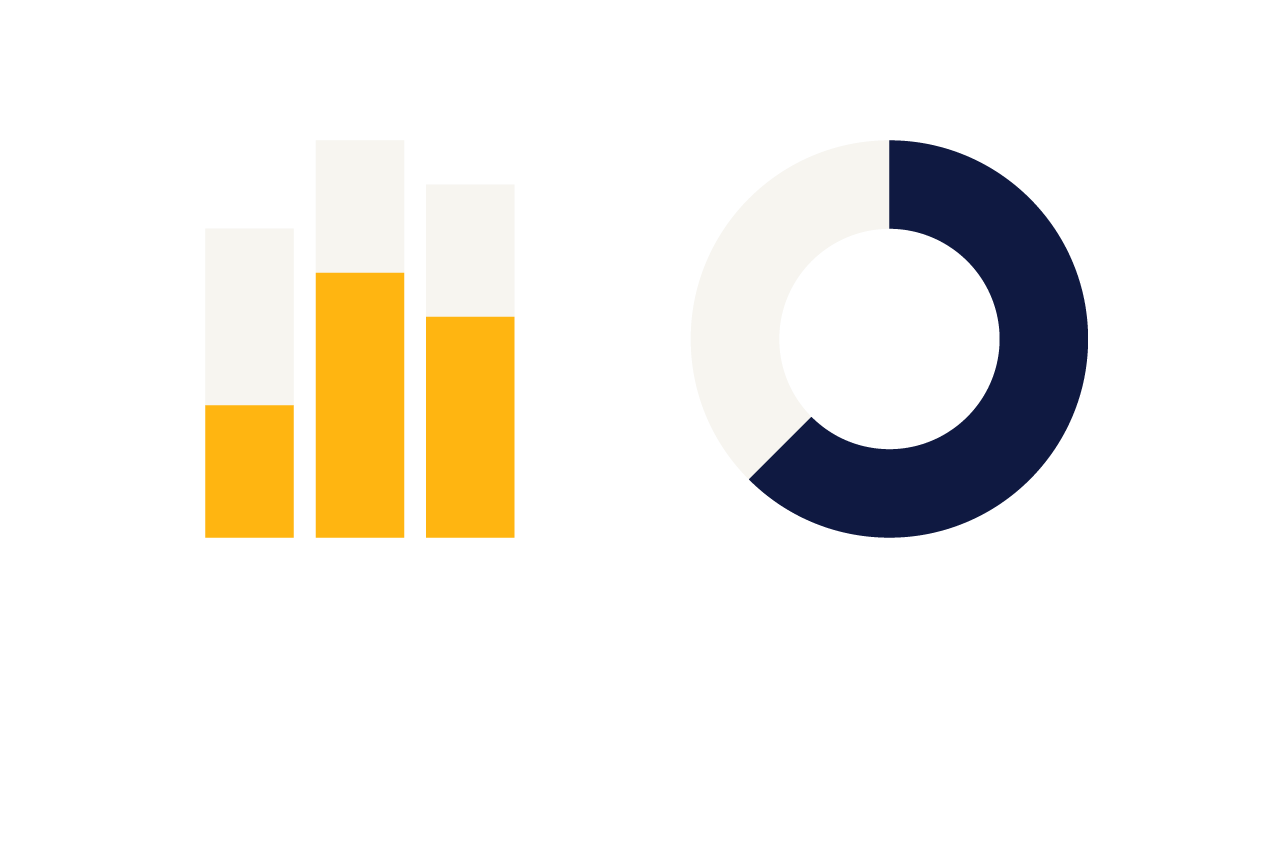Would you like to present data in an engaging, persuasive and people-centric way? Here’s how data storytelling can help you share business insights beyond the numbers.
Data storytelling is a new way to influence decision-making in today’s data-rich business environment. It’s changing how we consume facts and figures by adding a human dimension to big data.
So how can your organization benefit from data storytelling? Here’s our advice for telling stories with data that will engage your audience and deliver greater business value.
first, what is data storytelling?
Organizations are collecting a tremendous amount of data as they become more technologically advanced. However, numbers and charts only go so far in helping people understand complex data sets and analytics.
Enter data storytelling, which presents insights through narratives and visualizations. It’s an effective tool because stories create context and highlight actionable information within a sea of raw data. Furthermore, stories make emotional connections with an audience in a way plain numbers rarely do.
What kind of audiences are we talking about? Anyone who is a stakeholder in your organization, from employees to customers to investors. Internally, you might use data storytelling to convey customer feedback in a compelling and memorable way, encouraging workers to improve products and services. For an external audience, data storytelling can excite potential clients about your offerings or nudge would-be investors into buying a stake in your firm.
The growing importance of data storytelling is reflected in hiring trends. Many companies now include storytelling as a required skill in data analyst job descriptions.
how do you create a data story?
Storytelling is an age-old method for sharing information and ideas. A data story narrative is constructed similarly to any other tale — with a beginning, middle and end.
First, identify the surprising details and essential takeaways from the data and then build your presentation around them. Use these three storytelling fundamentals to build out your data story:
conflict
Explain the root issue, supported by data and visualizations. You’ll want the audience to clearly understand the problems that need to be solved and why a solution is critical to the organization. It’s also important to provide the audience context, including how the data were collected and why.
characters
Describe the stakeholders within the data story. After all, business problems affect real people
resolution
Propose your solution. If you’ve successfully weaved together the narrative and data-driven elements of your story, the solution will provoke a positive emotional response in the audience, influencing their decision-making.
how are data visualizations used in storytelling?
Visualizations such as charts, graphs and dashboards are fundamental to the story presentation. Visuals can transform an overwhelming amount of data into something more digestible.
Business analytics tools also deliver vital insights and provide context. By using these tools when telling a story with data, you can uncover patterns and trends, interpret results and deepen the audience’s connection with the topic. You can also make tangible improvements to your customers’ lives. Healthcare giant Kaiser Permanente, for example, has been using AI-powered data analytics since 2015 to improve care delivery by identifying and resolving bottlenecks and inefficient processes.
Popular data analytics and visualization tools include:
- Python
- R
- Excel
- Microsoft Power BI
- Tableau
- Looker Studio
Not everyone is a “numbers person” — not within your organization and certainly not within your customer base. By presenting data-driven insights in a straightforward, visually appealing and emotionally compelling way, you can engage the broadest possible audience for the benefit of your company.
Do you want to add a data storytelling expert to your analytics team? Search our global pool of candidates to find the perfect hire.
